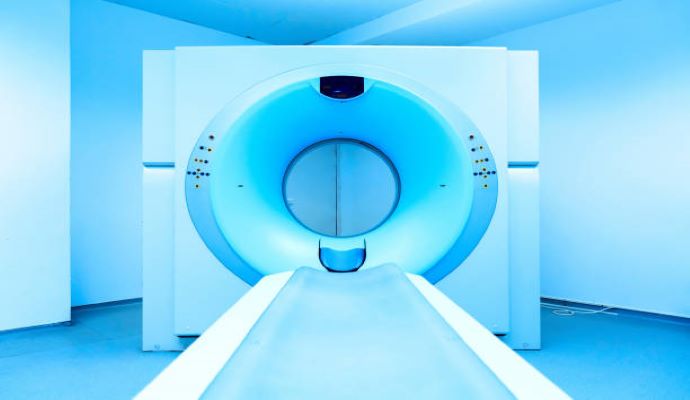How Postmortem MRI with CT Compared to Traditional Autopsy
Researchers in a BMC Pediatrics publication determined how postmortem MRI with CT compares to traditional autopsy and found a high concordance.

Source: Getty Images
- Although postmortem imaging has been recommended as an alternative to a traditional autopsy, there have been several concerns regarding this autopsy method. While imaging may be less invasive, it limits the clinical data available as tissues cannot be examined histologically. In a BMC Pediatrics study, clinicians hoped to determine how postmortem MRI with CT, called Virtopsy, compared to traditional autopsy and found an agreement between the conclusions drawn from both autopsies.
In this prospective, multicenter, cross-sectional study, the focus was on prenatal and postnatal autopsies. Of the 101 cases studied, 84 were fetuses and 17 were infants. For all participants, a Virtopsy was done in which an MRI and CT were done. Following the postmortem MRI with CT, traditional tissue biopsies were done.
The pathological causes of death were compared for the two autopsy methods. Researchers analyzed the proportion of cases for which the Virtopsy and traditional autopsy conclusions were the same. Additionally, they recorded false results regarding pathological lesions from findings using Virtopsy.
Of the cases examined, 90.1% had concurrent causes of death based on the Virtopsy and the traditional autopsy. Virtopsy had a sensitivity of 96.6% in determining the cause of death. Conversely, the specificity was only 41.7%.
The percentage of false negatives was approximately 31.7%, with 32 cases having pathological findings that went undetected by the virtual autopsy. On the flip side, 44.6% of Virtopsy findings were not confirmed by a traditional autopsy indicating a false positive.
Researchers in the study concluded that “Virtopsy provided similar diagnostic information to that of conventional autopsy for determining the cause of death in fetuses and infants but was less accurate for the identification of major pathological abnormalities. CT-guided biopsies improved the diagnostic value of CT and MRI in specific situations but, overall, provided little diagnostic information that was not apparent from other examinations. Our results add to the growing evidence that post-mortem imaging with or without additional minimally invasive procedures may be offered as an alternative to conventional autopsy in selected situations.”
Although this study presented similar conclusions for Virtopsy and traditional autopsy, there were some critical differences in the ability to diagnose specific pathological abnormalities. Despite that, this research can provide an additional tool for those conducting autopsies. Future research directions may include replicating the study using older patients.
